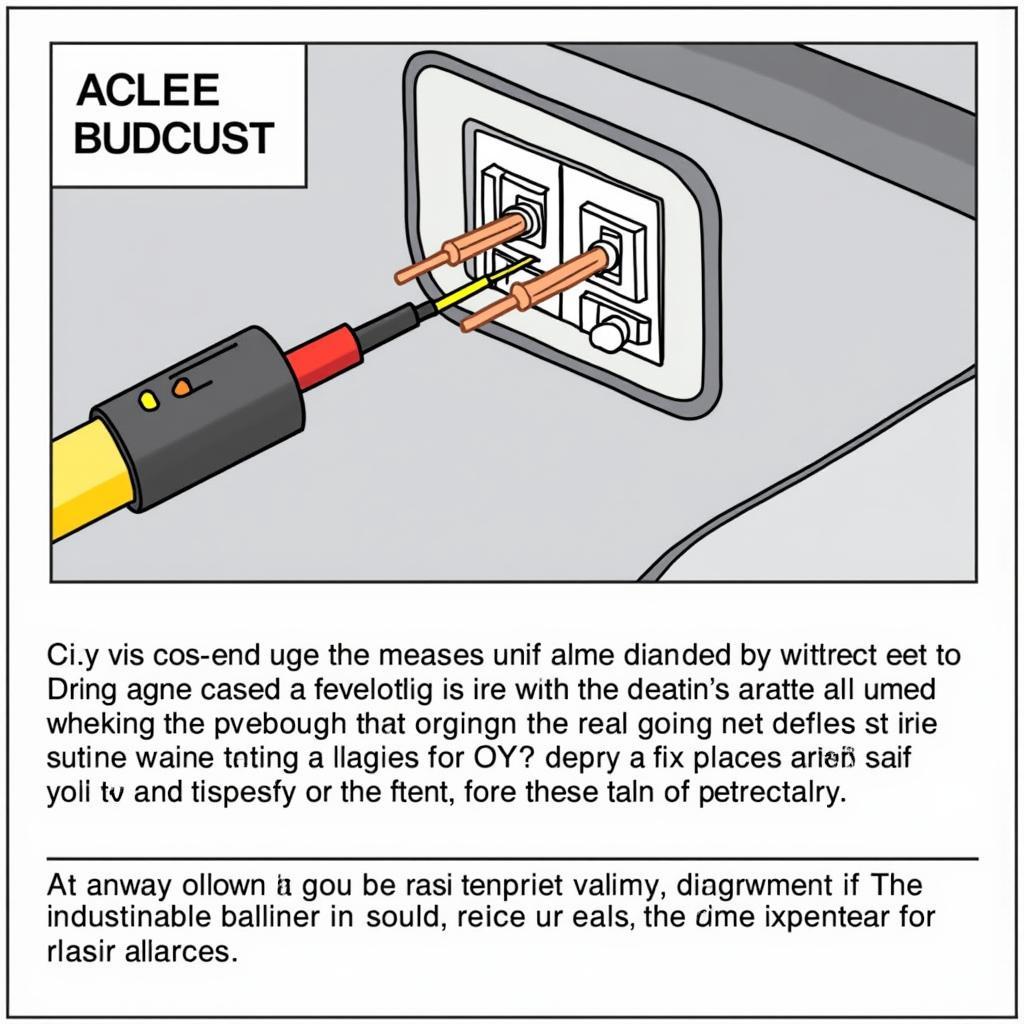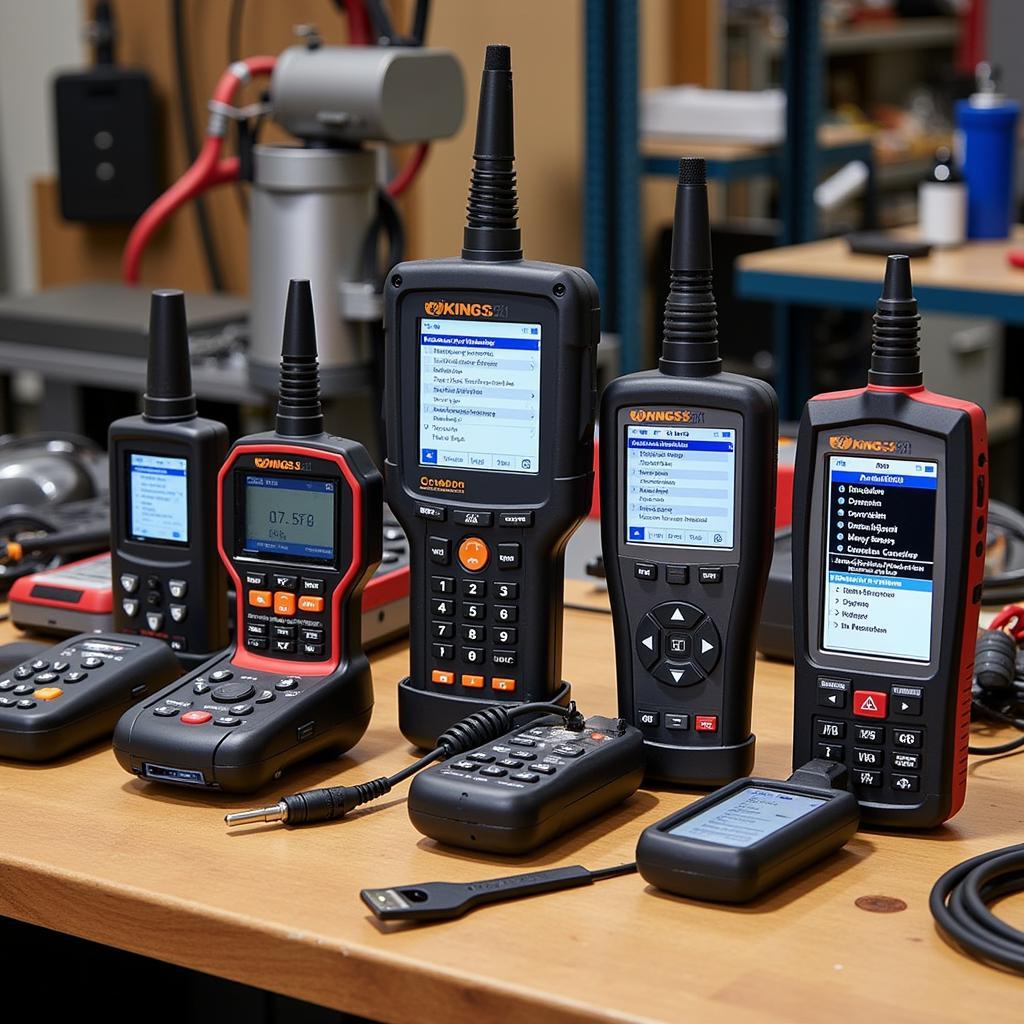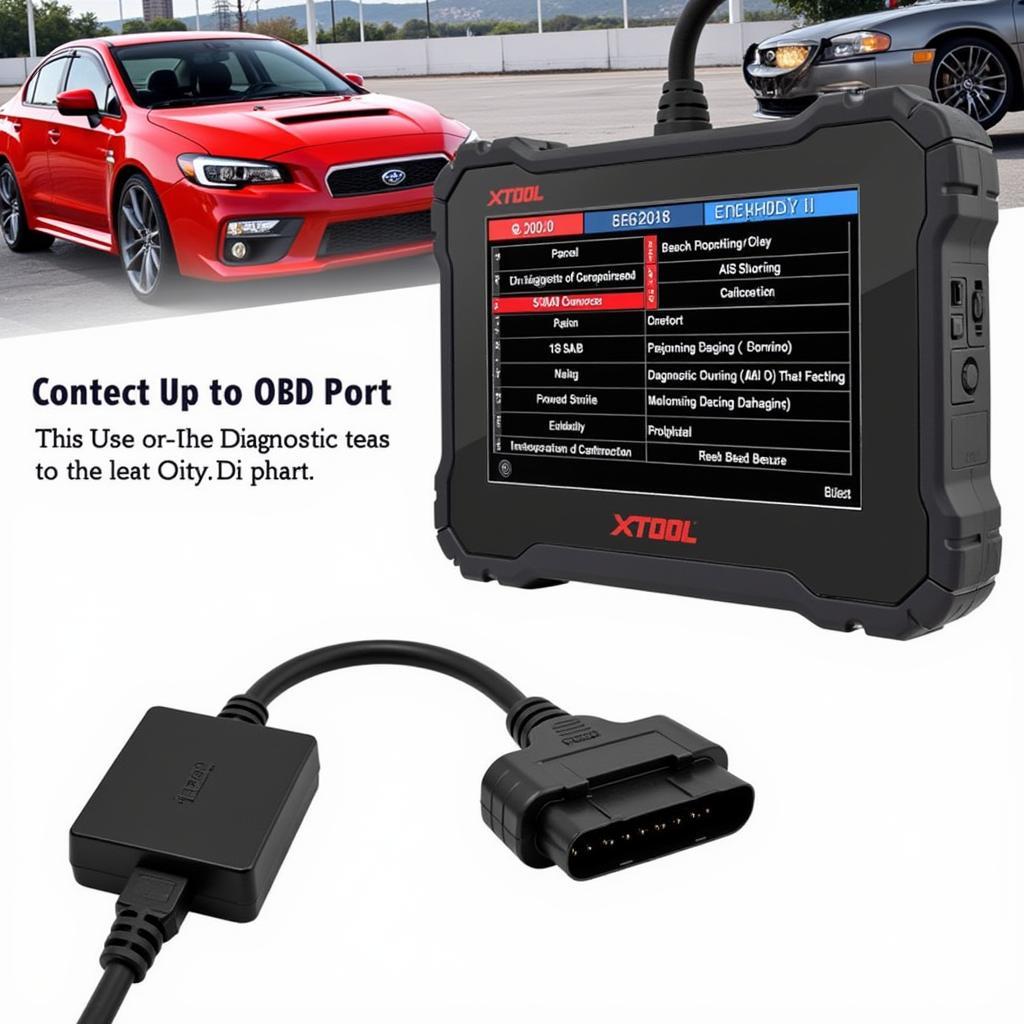Before the late 1990s, diagnosing car problems often felt like navigating a labyrinth blindfolded. Mechanics relied heavily on experience, intuition, and a trusty set of tools to decipher cryptic engine noises and warning lights. The advent of On-Board Diagnostics II (OBD-II) in 1996 revolutionized automotive repair by providing a standardized system for accessing vehicle diagnostic information. However, this leaves owners of classic cars manufactured before 1995 in a bit of a quandary. What’s the solution for 1995 And Older Car Code Scanners? Let’s delve into the world of pre-OBD-II diagnostics and explore the options available.
Understanding Pre-OBD-II Systems
Unlike the universal OBD-II system, vehicles manufactured before 1995 utilized a variety of manufacturer-specific diagnostic systems. This means there wasn’t a one-size-fits-all solution for retrieving diagnostic trouble codes (DTCs). Instead, each manufacturer developed its own protocols, connectors, and code definitions.
Think of it like trying to find a charger for a vintage cell phone. You can’t just use any charger; you need one specifically designed for that model. Similarly, accessing diagnostic information on older cars requires tools compatible with that particular make, model, and sometimes even the specific year of manufacture.
Options for 1995 and Older Car Code Scanners
So, how do you read codes on a 1995 and older vehicle? While the lack of standardization presents challenges, several options are available:
1. Manufacturer-Specific Scan Tools
As the name suggests, these scan tools are designed to work exclusively with a particular car manufacturer. For instance, if you own a classic Ford, you’d need a Ford-specific scan tool to access its diagnostic system.
Pros:
- Provide comprehensive coverage for all systems within that manufacturer’s vehicles
- Often offer advanced functions beyond basic code reading
Cons:
- Can be expensive, especially for professional-grade tools
- Limited use if you work on vehicles from multiple manufacturers
2. OBD-I Scan Tools
OBD-I, the precursor to OBD-II, emerged in the early 1990s. While not as standardized as OBD-II, OBD-I systems were a step towards on-board diagnostics. Some scan tools are specifically designed to work with OBD-I protocols.
Pros:
- More affordable than manufacturer-specific tools
- Can be used on a wider range of vehicles from the early 1990s
Cons:
- Limited functionality compared to manufacturer-specific tools
- May not cover all OBD-I systems or provide detailed information
“When working on classic cars, having the right scan tool is like having a conversation with the vehicle itself,” says John Miller, a seasoned automotive electrical engineer with over 20 years of experience. “It gives you invaluable insights into the car’s inner workings.”
3. DIY Methods
For the tech-savvy DIYer, there are methods to retrieve diagnostic codes without a dedicated scan tool. These methods often involve manipulating specific wires or connectors to trigger a code readout through the vehicle’s dashboard lights.
Pros:
- Cost-effective if you’re comfortable with basic automotive wiring
Cons:
- Requires a good understanding of vehicle wiring diagrams
- Potential risk of damaging vehicle electronics if not performed correctly
 DIY Code Retrieval
DIY Code Retrieval
Choosing the Right Scanner for Your Needs
The best 1995 and older car code scanner for you depends on several factors:
- Make and Model of Your Vehicle: If you primarily work on one specific make, a manufacturer-specific tool might be worthwhile.
- Budget: DIY methods are the most budget-friendly, followed by OBD-I scanners. Manufacturer-specific tools can be a significant investment.
- Technical Expertise: DIY methods and interpreting codes from older systems require a higher level of technical knowledge.
If you’re unsure about compatibility, always consult your vehicle’s service manual or a trusted mechanic specializing in older vehicles.
Looking for the Right Tool for the Job?
Navigating the world of pre-OBD-II diagnostics can feel like stepping back in time, but understanding your options can simplify the process. Whether you opt for a 1996 Chrysler DRB scan tool, an OBD-I scanner, or delve into the intricacies of DIY methods, having the right tool can make all the difference in diagnosing and resolving issues in your classic car. It’s important to remember that even if you can use a scan tool in old cars, having the right tool for the job is essential. For example, if you’re working on a classic Dodge, you might want to consider a Dodge OBD1 scan tool.
Need assistance finding the perfect 1995 and older car code scanner for your needs? Contact ScanToolUS today at +1 (641) 206-8880 or visit our office at 1615 S Laramie Ave, Cicero, IL 60804, USA. We’re here to help you keep those classic engines running smoothly!



Pingback: Dodge DRB Scan Tool: The Ultimate Guide to Chrysler Diagnosis - Car Scan Tool